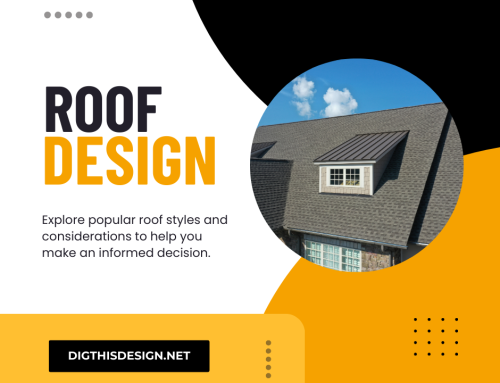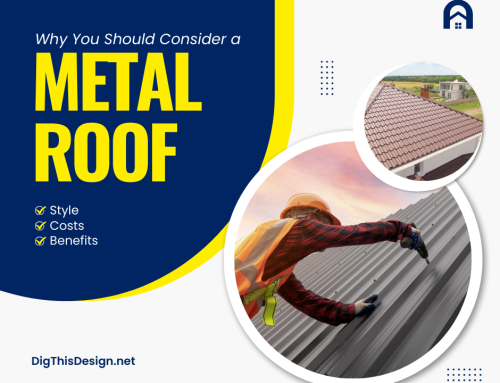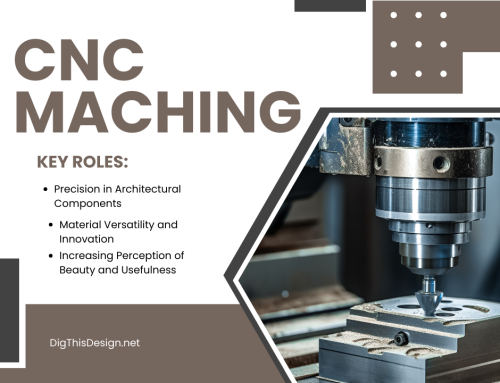The construction industry is undergoing a revolutionary transformation, and 3D-printed homes are at the forefront of this change. This cutting-edge technology promises to reshape how we build houses, offering numerous benefits that traditional methods can’t match.
Unveiling the Benefits of 3D-printed Homes
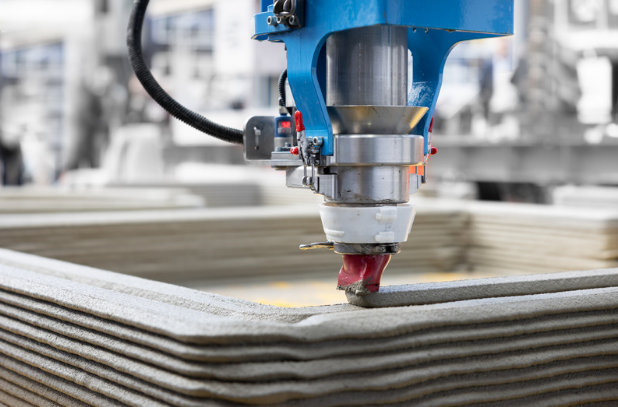
Here are 10 powerful reasons why 3D-printed homes are set to become the future of home building.
1. Cost-Effectiveness
One of the most compelling reasons 3D-printed homes are gaining traction is their cost-effectiveness. Traditional construction can be prohibitively expensive, with costs continually rising. In contrast, 3D printing significantly reduces the need for labor which could fix the labor shortages and materials, making it a more affordable option. By using precise amounts of raw materials, waste is minimized, and the overall expense is kept in check.
2. Speed of Construction
3D-printed homes can be constructed in a fraction of the time it takes to build a traditional house. What usually takes months or even years can now be completed in just a few days or weeks. This accelerated timeline is particularly beneficial in areas that require rapid housing solutions, such as disaster-stricken regions or rapidly growing urban centers.
3. Design Flexibility
The design possibilities with 3D-printed homes are virtually limitless. Traditional construction methods often come with design constraints due to the limitations of materials and techniques. However, 3D printing allows for complex and intricate designs that can be customized to fit specific needs and preferences. This flexibility opens up new avenues for innovative and sustainable architecture.
4. 3D-printing Homes Sustainability
Environmental concerns are driving the demand for more sustainable building practices. 3D-printed homes are an eco-friendly alternative to conventional construction. The technology reduces waste by using only the necessary materials and allows for the incorporation of recycled materials into the building process. Additionally, 3D-printed homes often have better insulation properties, leading to more energy-efficient buildings.
5. Strength and Durability
Contrary to some misconceptions, 3D-printed homes are incredibly strong and durable. The materials used, such as concrete and other composites, can withstand harsh weather conditions and natural disasters. In fact, some 3D-printed structures are even more resilient than traditionally built homes, offering a safer and more secure living environment.
6. Labor Shortage Solution
The construction industry is facing a significant labor shortage, which is causing delays and increased costs. 3D-printed homes can help alleviate this problem by reducing the reliance on manual labor. Automated construction processes mean fewer workers are needed on-site, allowing projects to be completed more efficiently and with fewer delays.
7. Customization and Personalization
Homebuyers are increasingly seeking unique, personalized living spaces. 3D-printed homes offer unparalleled customization options, allowing individuals to design their dream homes with precise specifications. From unique floor plans to personalized interior features, 3D printing technology makes it easier than ever to create a home that reflects personal tastes and lifestyles.
8. Reduced Construction Waste
Traditional construction methods generate a significant amount of waste, contributing to environmental degradation. 3D printing drastically reduces construction waste by using exact quantities of materials needed for each project. This efficiency not only lowers costs but also minimizes the environmental impact of building new homes.
9. Accessibility
3D-printed homes can play a crucial role in addressing the global housing crisis. By making construction more affordable and faster, these homes can provide high-quality housing solutions in underserved areas. This technology has the potential to make homeownership more accessible to a broader range of people, including those in low-income communities.
10. Future-Proofing Construction
As technology continues to advance, 3D-printed homes are positioned to adapt and evolve with these changes. Innovations in materials, design software, and printing techniques will further enhance the benefits of 3D-printed construction. By embracing this technology now, we are future-proofing the construction industry, ensuring it remains sustainable, efficient, and capable of meeting the demands of the future.
Conclusion
The future of home building is here, and it is being shaped by the incredible potential of 3D-printed homes. With their cost-effectiveness, speed of construction, design flexibility, sustainability, and numerous other advantages, 3D-printed homes are poised to revolutionize the construction industry. As we continue to explore and refine this technology, the dream of affordable, high-quality, and customizable housing for all is becoming a reality. Embracing 3D-printed homes today means investing in a better, more efficient, and more sustainable future for home building.
Other posts you might enjoy:
5 Future Technology Concepts; Guaranteed to Change Our Lives

